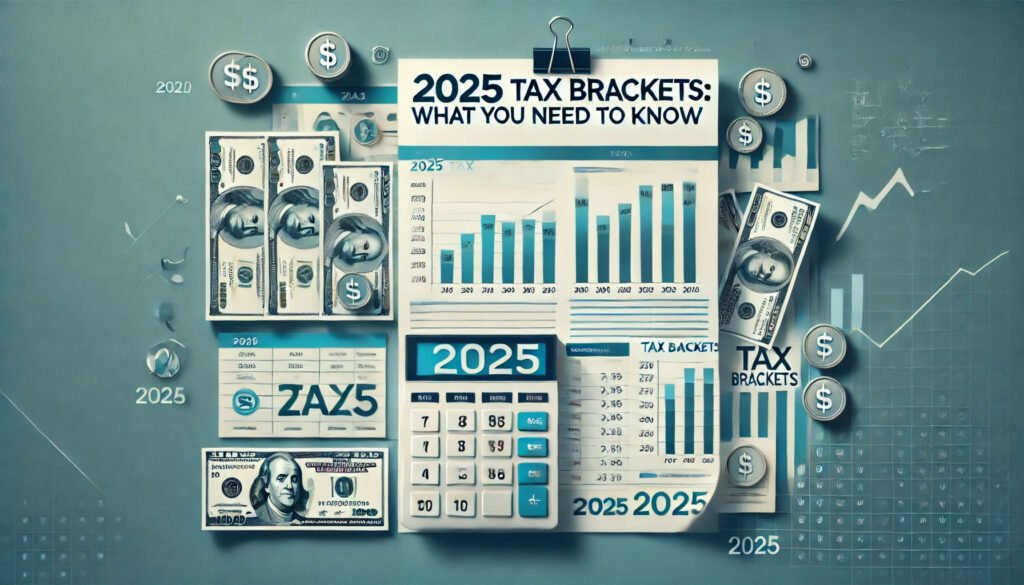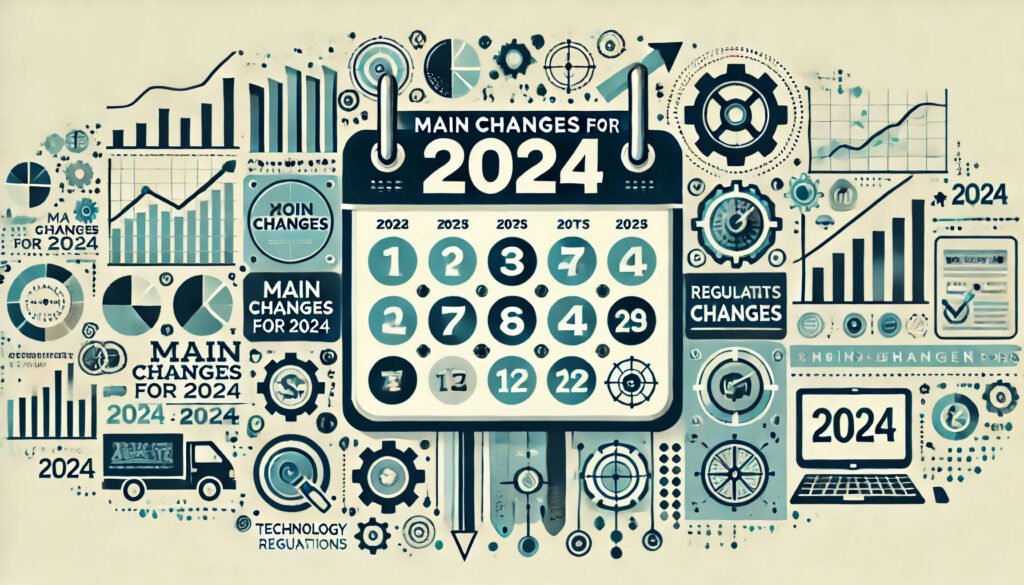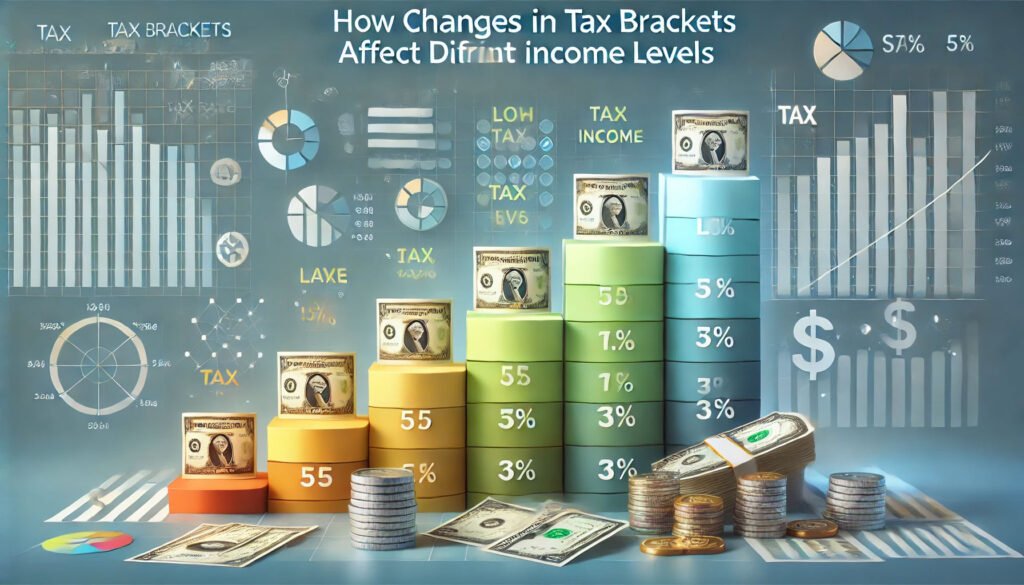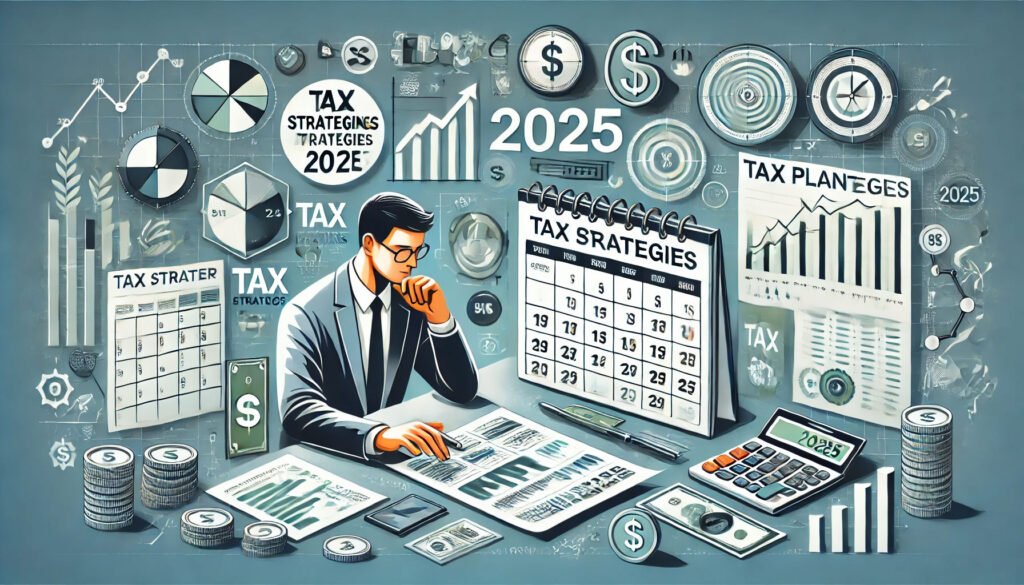Introduction To 2025 Tax Brackets
It becomes very crucial to know which tax brackets have been changed for effective financial planning as we enter the year 2025. These tax brackets are typically changed every year to reflect the various economic changes prevailing during a particular period, inflation, and updates to policies. Whether an old user of the tax system or a new face trying to understand the various complexities of taxation, knowing these facts must be a prerequisite. Here is a walkthrough of the 2025 tax brackets, explaining to you what has changed and its impact on you.

Understanding tax brackets
Let’s take this confectionary analogy a bit further and take some of the finer points in the case of tax brackets. Let’s pretend that the tax brackets are layers in a multi-layer cake. Every layer is constituted by income that falls within a different range, and the more you advance through a given layer, the higher the percentage that the slice of income will pay in tax. The federal income tax system in the United States is progressive, meaning that the greater that you earn, the higher the percentage of that additional income that you’ll pay.
It works in this way: your income is allocated into these tax brackets, and then every portion of that income is taxed at the applicable rate to that bracket. The first fraction, say of the money, may be assessed at the lowest rate; the second fraction may fall in a higher bracket and therefore be assessed at a slightly increased rate; and so on. Thus, everyone pays according to their income.
The appeal of this system is that it seeks to equalize the burden of taxation, ensuring that the well-off pay more in proportion to being able to do so. Knowing which part of your income falls into which bracket can help you make better financial decisions and perhaps strategize your way to reducing taxable income through a variety of credits and deductions.
2025 Tax Brackets Summary
In 2025, the IRS will update tax brackets to reflect inflation. Thus, it is probable that the income ranges have moved up so that you are now in a different tax bracket even without actual changes in your earnings. These annual adjustments are necessary; they avoid “bracket creep,” a scenario under which inflation moves taxpayers into higher tax brackets as well as increases their tax liability without an attendant increase in their purchasing power.
For example, if you found yourself in the 22% tax bracket in 2024, this year might surprise you with a new placement, all due to those adjustments. That is the function of these tweaks: to ensure that the tax system is maintained just and balanced, reflecting the real economic environment.
Such fluctuations can occur in tax brackets due to the alteration made through legislative changes and inflation adjustments. One must always be alert to new tax laws under the legislature passed by Congress that may increase or decrease these brackets. The changes are thus made for a fair tax system in which everybody gives according to his ability.
By knowing these updates, you will be better positioned to travel through the financial landscape. You will be able to make informed choices and make smart decisions all throughout the year.
Main Changes for 2024
Perhaps the most obvious change between 2024 and 2025 reflects the tax bracket adjustment the IRS has to account for inflation. This annual kick-forward prevents you from getting unfairly nicked into a higher tax bracket based solely on inflation. Of course, that’s not all. Legislative changes can also impact you. Examples here include when new laws passed by Congress both alter the tax rates and create new brackets.

Observe if any changes in tax deductions and credits are possible, as they can have a more significant impact on your total tax liability. If you already take certain deductions, then watch out for changes that may adjust eligibility or the amount available for a particular item.
Updates for 2025 may be particularly intriguing to those of you who are planning fanatics, but only if you’re one of those individuals who loves to see plans in action. For instance, if you own a house, you might have an interest in whether there are new energy-efficient home improvement credits available. You might have investments in education or retirement accounts and want to know whether there’s a fresh crop of credits and deductions that can shave more dollars off your taxable income.
What’s exciting about these changes, though, is new avenues for tax planning. With some foresight and strategy, you will make the most of the updates—perhaps saving yourself a few significant pieces of change.
How Changes in Tax brackets Affect Different Income Levels
The 2025 tax brackets are an interesting series of changes that will affect different income brackets. Knowing how this may affect your tax number is critical. Those on the lower rungs of the income ladder are likely to look forward to a welcome reduction in the percentage taken by Uncle Sam. For middle-income families, the story should be at least a minor departure from normal, either a slight respite or a slight hike, depending upon how their earnings and deductions work.

For those in higher income brackets, the changes may be more pronounced. After all, legislative tweaks always aim to adjust the burden on high earners, so you would notice a difference. Don’t worry, however! With strategic planning, you will do just fine with these shifts.
Remember, the concept of tax brackets is like stepping stones: each level of your income is taxed at different rates. Knowing your income bracket, you can even plan for better credit and deductions tailored to your situation. That could be in terms of additional retirement contributions or new tax credits; knowing your bracket gives you greater insight and ability.
These changes are not just about numbers; they are opportunities. Being aware of how your income fits into the framework of 2025 taxation allows you to discover new ways of maximizing your funds and saving even more of your hard-earned money.
Tax Planning Strategies for 2025
Tax planning doesn’t have to be a terrifying thing to do—it can be pretty empowering! One smart move for 2025 is to max out your retirement accounts. Of course, not only are you saving money for the future, but it’s also lowering your taxable income. Think about opening tax-advantaged accounts like a 401(k) or IRA; every dollar you throw in there could mean real savings at tax time.

Another area is tax credits, which directly reduce the tax amount due. If you’re planning any improvements to your house, check out the credits for energy-efficient improvements. This accomplishes two things: not just is it good for the environment, but it also trims down your tax bill.
Do not forfeit the advantage of itemized deductions. Although the standard deduction is simple, if your deductible expenses, such as mortgage interest, charitable contributions, and medical expenses, are considerable, then you’d save more by itemizing.
An actual difference is in staying organized throughout the year. Maintain proper records of all your deductible expenses and get advice from tax professionals; they get access to all the latest changes in tax laws.
Tax planning doesn’t have to be a last-minute scramble. With just a bit of foresight and strategic action, you can turn the complexities of the tax code to your advantage.
Potential Future Changes
Although the tax brackets for 2025 are already predetermined, changes will always be in the works for the tax landscape. These may largely result from alterations in politics and economics. New legislation may come along and introduce new reforms to tweak the brackets or offer new incentives that will attract other groups of taxpayers.
Having an ear to the ground regarding these changes via some news source or financial advisors can prepare you for any legislative updates. Think about it: First in line to claim that new tax credit in sustainable living or increased deduction for education expenses.
Join tax planning groups and discussion boards and talk about and prepare for changes. Again, with this type of forward-thinking mentality, you will be able to stay prepared because, after all, you will need to adjust your financial strategy with what is to come. Whether it’s adjusting your investment portfolio or how much you will contribute toward retirement, the good news here is you will be equipped to take full advantage of what you receive from the tax code.
Frequently Asked Questions
2025 tax brackets
- The IRS brings into reflection shifts and changes of inflation and other economic shifters every year with updates on the tax brackets. Most often, up-to-date information regarding the latest 2025 tax brackets is available on the official website of the IRS, or one can consult a tax advisor.
How does inflation affect tax brackets?
- Inflation adjustments prevent “bracket creep” and enable the tax system to be fair. This prevents taxpayers from unfairly moving into higher tax brackets solely because of rising prices.
Does tax planning help lower my taxes?
- Yes, proper tax planning reduces your taxable income, which in turn reduces your overall tax liability because of deductions, credits, and contributions to tax-deferred retirement accounts.
Are there significant legislative changes I should be aware of in 2025?
- The tax landscape changes frequently, so it is a good idea to know where to monitor updates on changed legislation. Follow the various news sources and check with your tax professional for the latest.
What’s in it for me if I know my tax bracket?
- Knowing which tax bracket you fall under will, therefore, help you make smarter financial decisions throughout the calendar year. This means you can plan better, take more advantage of certain deductions, and strategize ways to reduce your taxable income.
How do I get updates on future tax changes?
- Engage with tax planning communities and good financial news sources, and make it a habit to regularly consult your financial advisor; therefore, you will be better equipped to prepare for future changes in tax policy.


